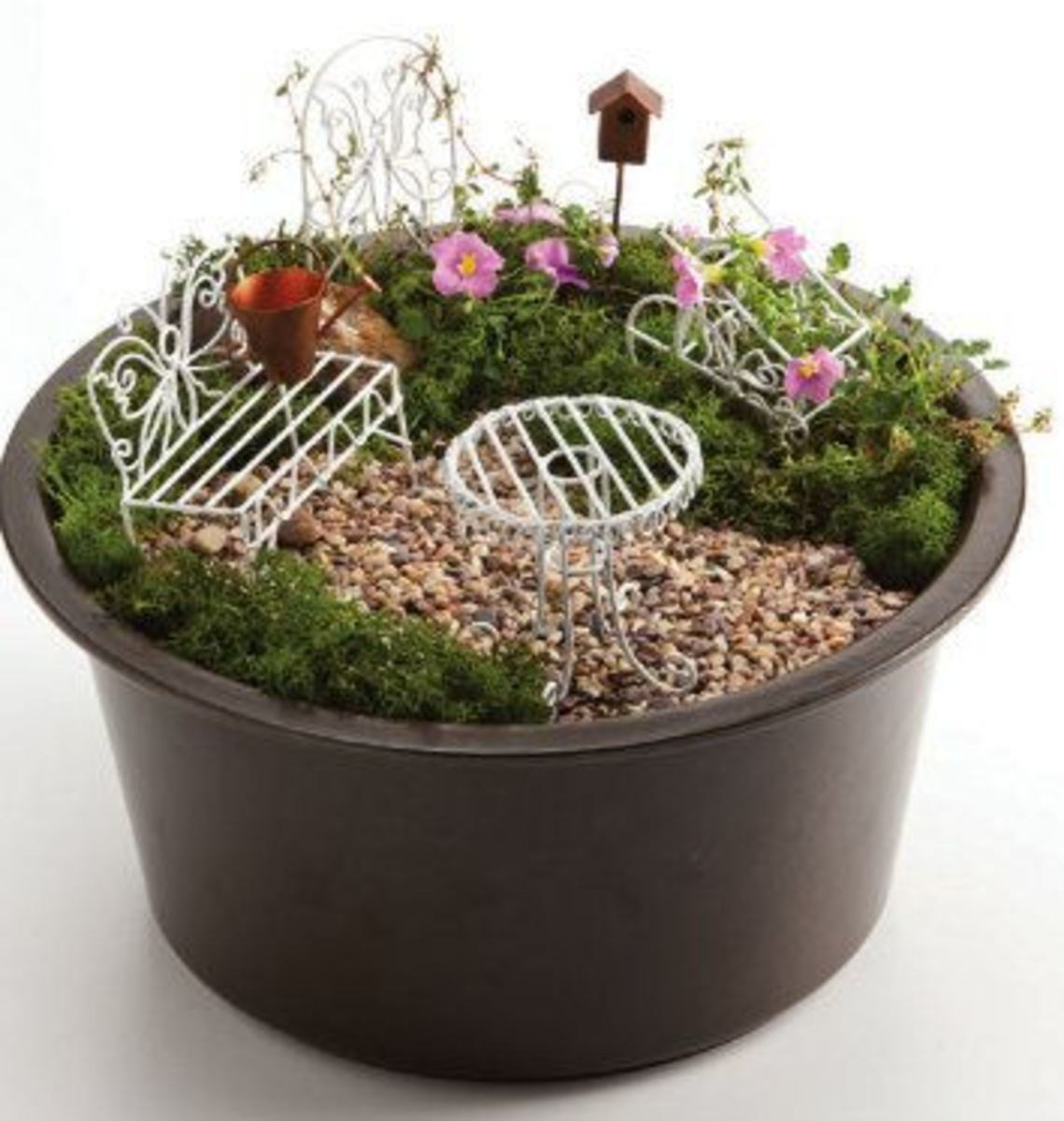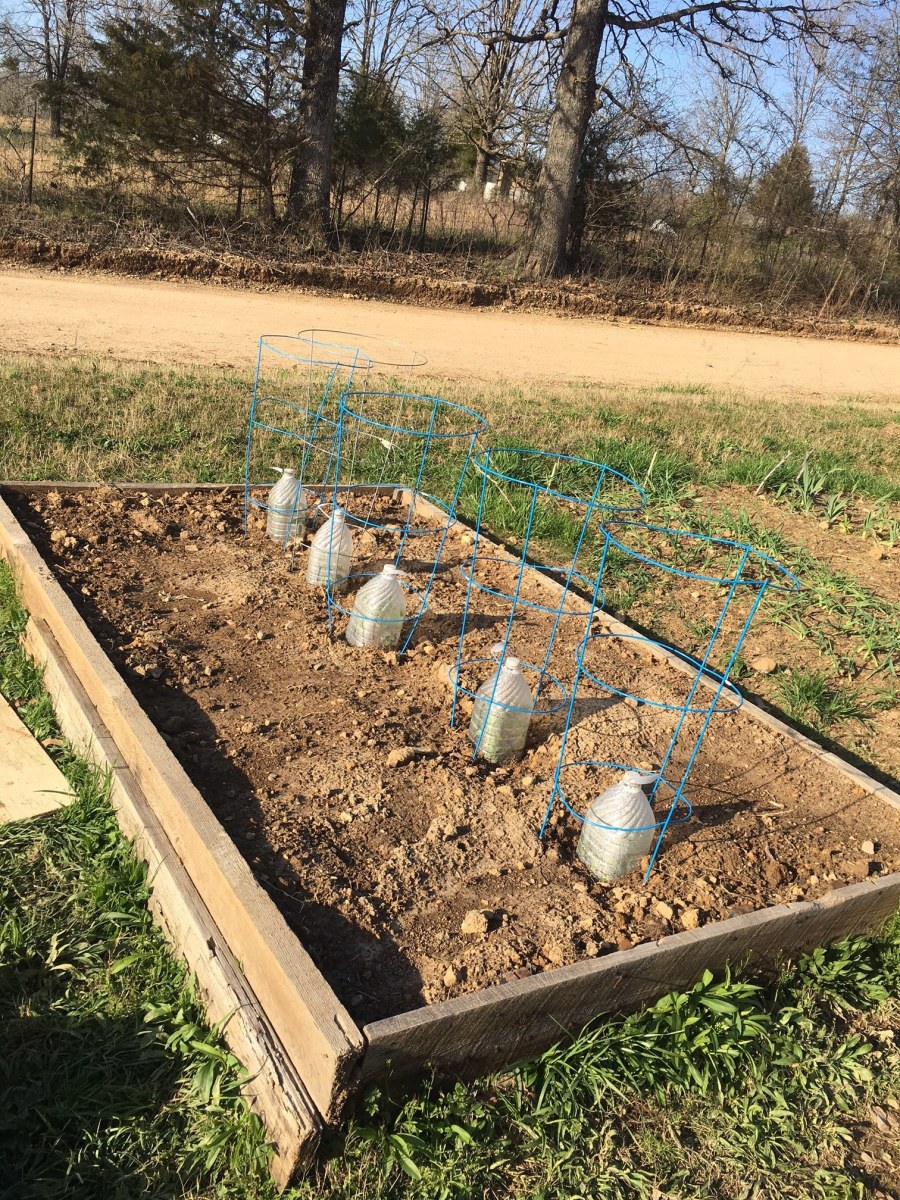Saving Seeds for Future Gardens
Do you always have left over seeds after you've planted your garden? If you do, you're like the thousands of gardeners who have the same problem each year. While you may throw them away or simply save them in a drawer until you ultimately forget about them, there are ways to save those seeds for planting future gardens. This will save you some time and money next year when choosing which plants to grow in your garden.

Seed Viability
It is possible to plant seeds that are several years old and still have strong and healthy plants. Some seeds can last much longer than others, such as peas, beans, and corn because these particular seeds are large and can hold more moisture content (these seeds can last up to 10 years!). Smaller seeds are likely to only last a few years because they can't hold as much moisture.
The trick to saving your seeds year after year is in the storage method. Seeds should be stored in an airtight container, such as in Mason jars or zip lock bags that can be zipped completely shut. The area in which you store these seeds is equally important. The optimum temperature is 50 degrees; in most cases a root cellar or basement provides the idea environment for your seed storage. Humidity also plays an important part in seed storage. The optimum humidity level is 50 percent.
Seed Viability Tables
- Estimated Viability in Years
- Vegetable Seed Viability
How long can you store vegetable seeds and still expect them to be viable - Dirt Happy: Seed Viability Table
Drying Harvested Seeds
If you're preparing to store seeds that you have grown, the best way is to dry them in the shade, not direct sunlight. This can be done by laying the seeds out on trays that are covered with a piece of screen (this will discourage birds from taking away the fruits of your labor!). Screen can be purchased at any do-it-yourself store, such as Lowe's or Home Depot.
The seeds can be turned over every day or so until they are completely dry and are no longer sticking to the tray or feel moist to the touch. The secret to successful drying is a slow process, which sometimes lasts a week or more.
Hint: Do not dry your seeds in the microwave! This will cook them and they will not grow when you plant them. You may dry seeds at a very low temperature in your oven. However, watch the seeds carefully so they don't become "toasted."
Storing Seeds for Future Gardens
Whether you've dried the seeds yourself or have left over seeds from seed packets, storing them is relatively the same. You'll need the following items:
- Storage container- jars with tight lids or zip lock bags
- Desiccant – rice or powdered milk
- Labels or indelible pen to write the contents on the container
For seed packets, pour the seeds out of the packet into the container. Place a small amount of desiccant into the container with the seeds – a teaspoon is usually sufficient. You may place the seed packet directly into the container as well, with the desiccant in the bottom of the container. Just be sure that the seed packet isn't moist before you do this or you'll end up with moldy seeds that can't be planted.
For harvested seeds, place the desiccant in the bottom of the jar or bag first, then pour in the seeds. Seal the container and store in a cool, dry place.







